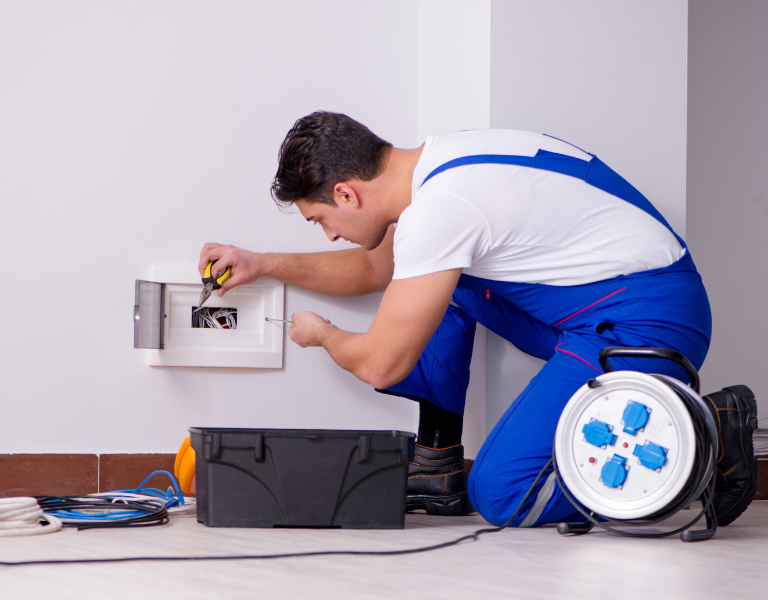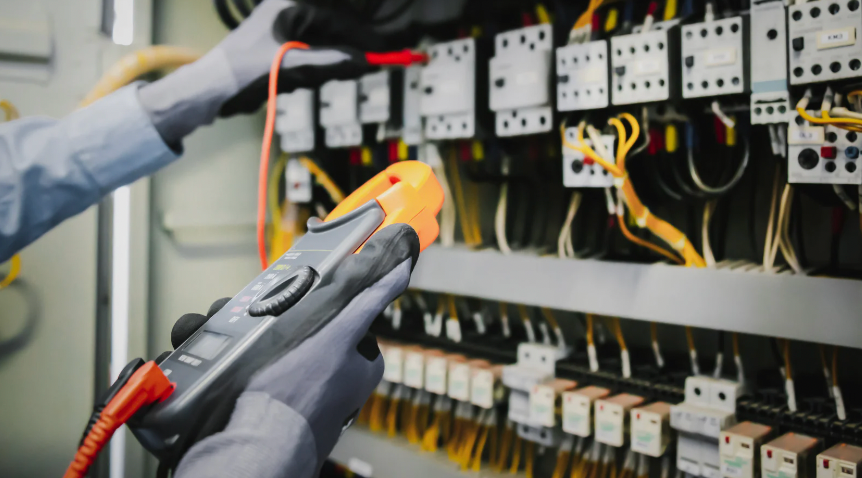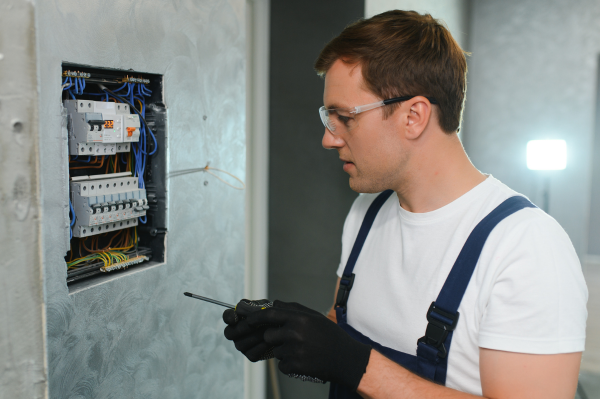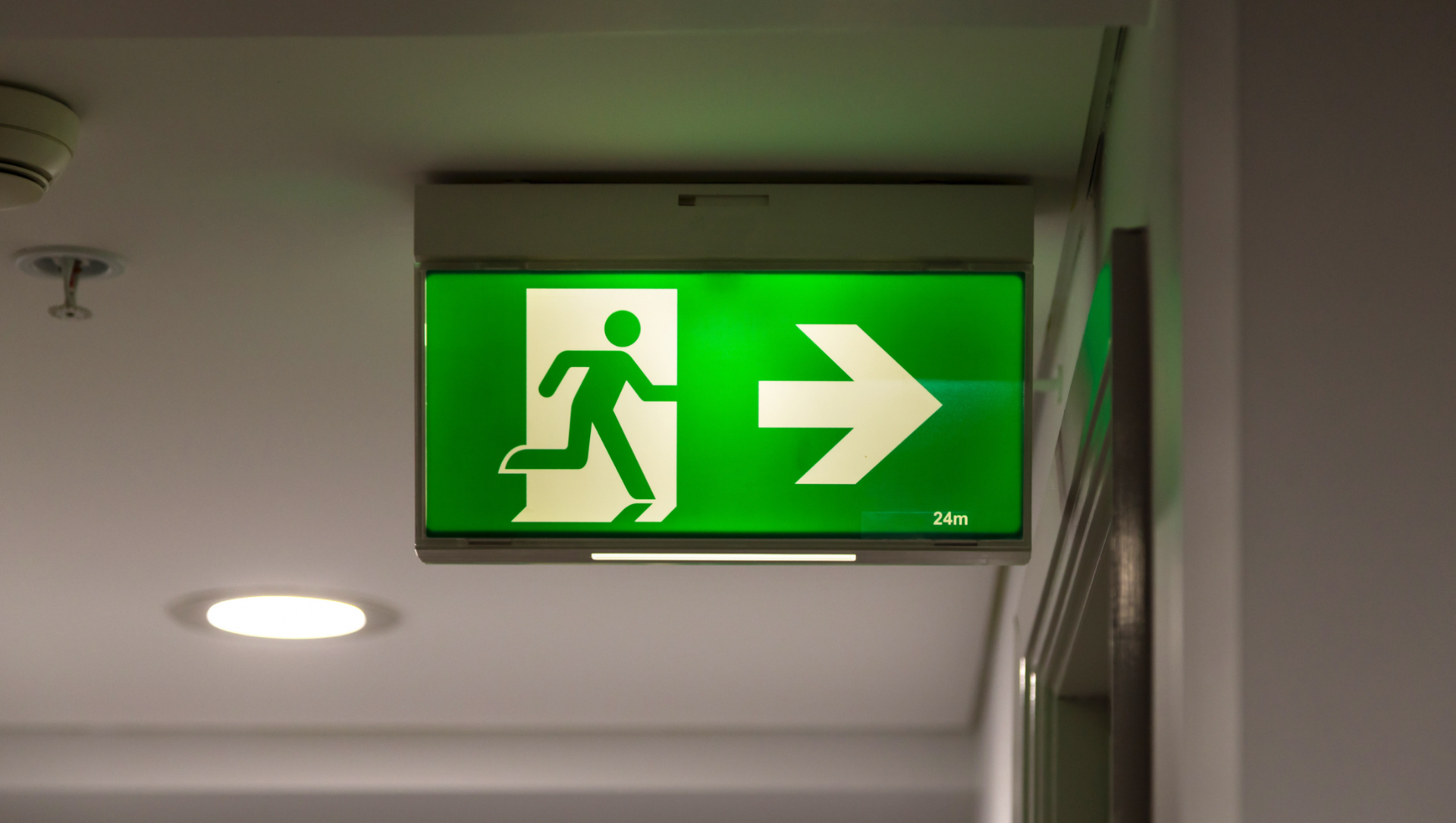How Often Should Emergency Lighting be Tested
Emergency lighting is a critical part of any building’s fire safety system. When normal lighting fails due to a power cut or mains power failure, emergency lighting ensures that escape routes remain visible, helping people exit safely. However, installing emergency lighting is not enough; it must be regularly tested and maintained to guarantee proper functionality.
So, how often should emergency lighting be tested? The short answer is that emergency lighting requires monthly functional and annual full-duration tests. But there’s more to it than that. Read on to understand the complete testing requirements, legal responsibilities, and best practices to keep your emergency lighting system in perfect working order.
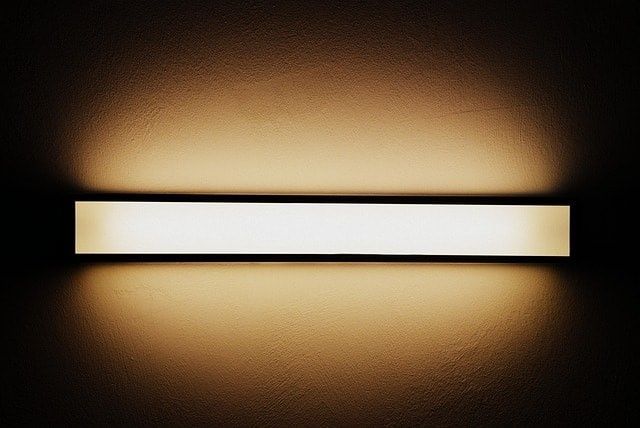
The Importance of Emergency Lighting Testing
Emergency lighting plays a crucial role in fire safety provision, helping to illuminate escape routes, fire exits, and potentially dangerous areas during a power outage. A well-maintained emergency lighting system can make all the difference, preventing injuries and ensuring a safe evacuation.
Regular testing ensures that:
- The emergency escape lighting system activates correctly when needed.
- Batteries or backup power sources function properly.
- Illuminated fire exit signs and emergency luminaires are visible.
- There are no faults in the wiring or lighting fixtures.
Failure to test and maintain emergency lighting can lead to non-compliance with fire safety regulations, putting occupants at risk and exposing business owners to legal penalties.
How Often Should Emergency Lighting Be Tested?
1. Monthly Emergency Lighting Tests
A short functional test must be carried out once a month to check that the system operates correctly. This test should be done by a responsible person designated within the premises, such as a fire safety officer or facility manager.
During the monthly test:
- The emergency lights should be turned on using a secure device key or manual testing system.
- The lights should illuminate adequately and remain on.
- Any faults, flickering, or dim lights should be recorded in the fire safety logbook and repaired immediately.
This test is brief and should not fully drain the battery. The purpose is to ensure the system will work in case of a primary power failure.
2. Annual Emergency Lighting Tests
A more detailed, full-duration test must be carried out once a year. This test simulates an emergency by running the emergency lights for their entire rated duration, usually at least one hour or more.
A competent person, such as a qualified technician or a fire safety professional, must conduct annual emergency lighting tests to ensure compliance with building regulations.
During this test:
- The entire emergency lighting system is activated and left on for its entire duration.
- If any lights fail before the test ends, it indicates a weak battery that must be replaced.
- The system is checked for wiring issues, power supply problems, or physical dangers, such as obstructed exit signs.
- The test results must be recorded and stored for fire safety inspections.
Emergency Lighting Testing Requirements for Commercial Premises
Business owners and landlords must comply with Regulatory Reform (Fire Safety) Order 2005, which mandates routine emergency lighting testing in commercial properties and multi-occupancy buildings.
Key testing requirements include:
- Escape route lighting should always function during an emergency.
- Emergency lighting units must be properly installed and maintained.
- High-risk task area lighting must provide enough visibility for people to complete shutdown procedures safely.
- Fire safety logbooks must contain records of all emergency lighting tests.
Failure to comply with these requirements can lead to fines, legal action, or even closure of business premises.
Who Is Responsible for Emergency Lighting Testing?
The person responsible for a building’s fire safety is legally required to ensure emergency lighting is tested correctly and maintained. This could be:
- The building owner or landlord in rented properties.
- The facilities manager in commercial buildings.
- The business owner is in privately owned premises.
It is recommended that professional fire safety service providers carry out emergency lighting testing and maintenance for more significant buildings or complex fire safety systems.
Common Issues with Emergency Lighting and How to Fix Them
Even with regular testing, emergency lighting systems can develop problems over time. Here are some common issues and their solutions:
1. Lights Not Turning On
- Possible Cause: Battery failure or wiring issue.
- Solution: Replace the battery or check for loose connections in the primary lighting circuit.
2. Emergency Lights Left On Constantly
- Possible Cause: Faulty timer or control unit.
- Solution: Inspect the lighting controls and replace malfunctioning components.
3. Dim or Flickering Emergency Lights
- Possible Cause: Weak battery or power supply issue.
- Solution: Conduct a full-duration test and replace failing batteries.
4. Illuminated Exit Signs Not Visible
- Possible Cause: Obstruction, dust, or faulty bulbs.
- Solution: Regularly clean exit signs and replace LED bulbs when needed.
Best Practices for Emergency Lighting Maintenance
- Keep a detailed testing schedule to ensure compliance with fire safety regulations.
- Use LED emergency lights for better energy efficiency and longer lifespan.
- Hire a professional fire safety expert for annual tests and inspections.
- Record all test results in the fire safety logbook for legal and regulatory compliance.
- Regularly check for air leaks and insulation issues, which can impact lighting systems during a power outage.
Conclusion
Emergency lighting is essential to fire safety in any commercial building, ensuring safe evacuation during power failures. Regular testing, monthly functional checks, and annual full-duration tests are necessary to keep the system reliable and compliant with legal requirements.
Business owners, landlords, and facilities managers must ensure that emergency lighting is installed correctly, tested, and maintained to protect occupants and meet fire safety regulations. Following best practices and routine testing, you can provide a safe and legally compliant building.
FAQs
What happens if emergency lighting fails a test?
If emergency lights do not function correctly during a test, the fire safety logbook must document the issue, and repairs or replacements should be carried out immediately.
Can I perform emergency lighting tests myself?
Yes, monthly tests can be performed by a responsible person, but a qualified technician should do annual full-duration tests.
Are emergency lighting tests legally required?
The Regulatory Reform (Fire Safety) Order 2005 requires businesses and landlords to conduct routine emergency lighting testing.
How long should emergency lights stay on during a power outage?
Emergency lights should remain illuminated for at least one hour, but some systems are designed for up to three hours, depending on fire safety regulations.
What is the difference between emergency lighting and standby lighting?
Emergency lighting is designed for safe evacuation, while standby lighting allows work to continue during a mains power failure.


